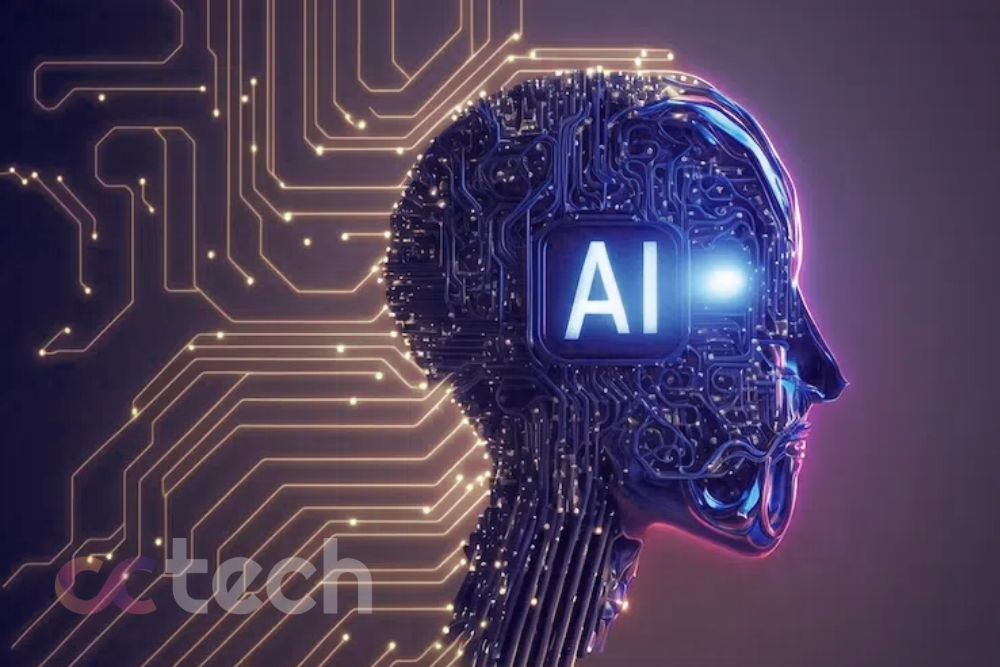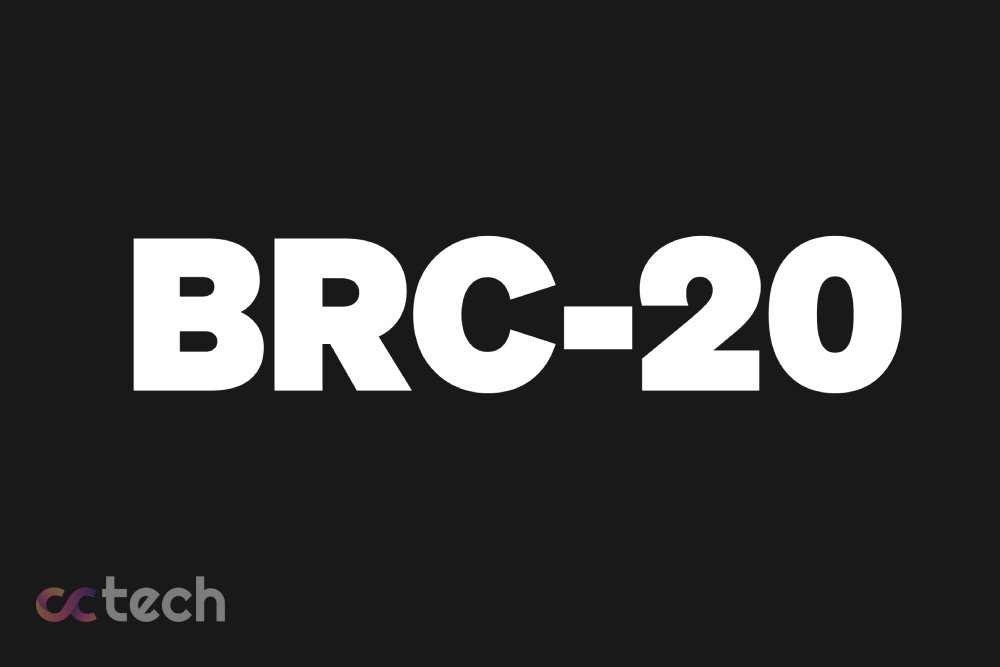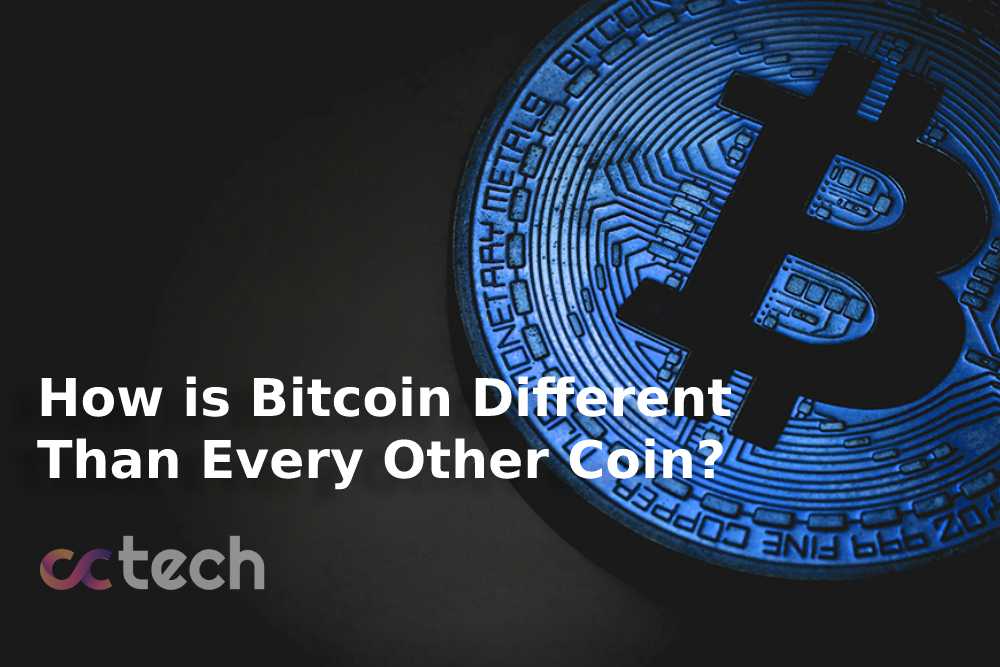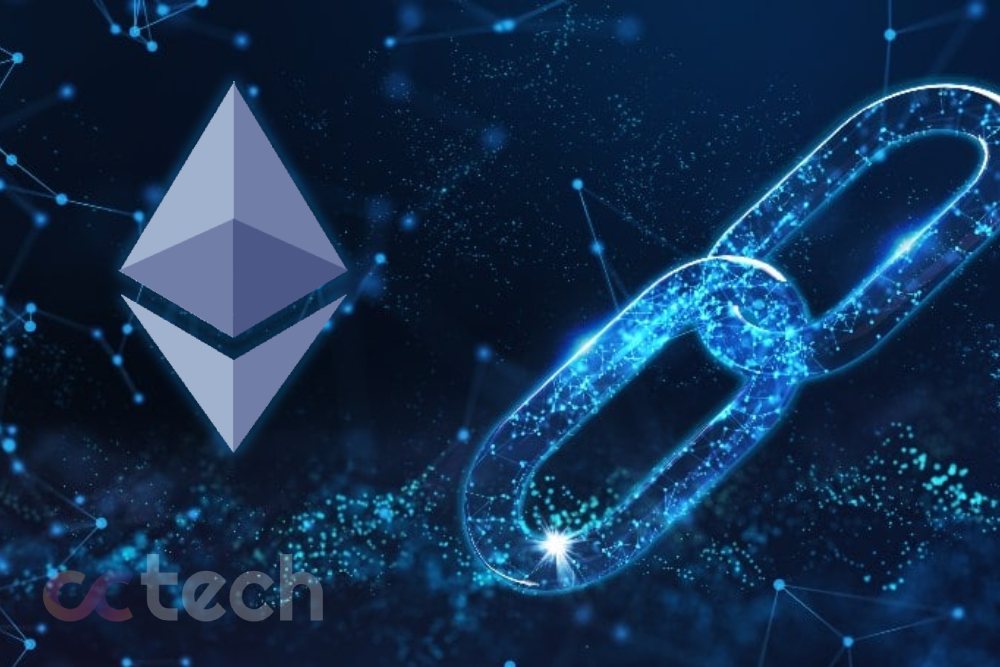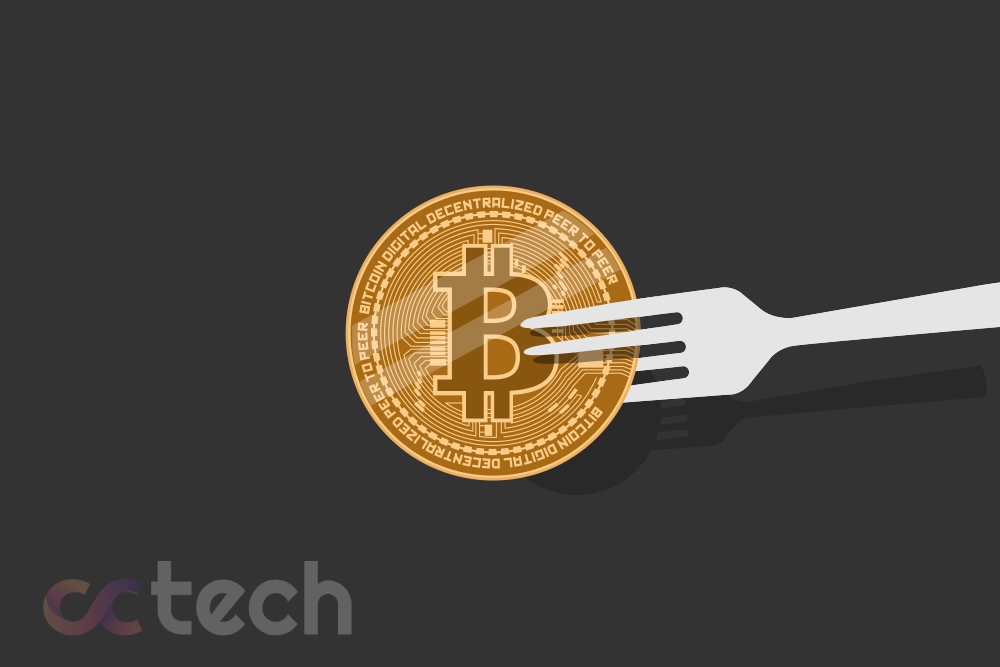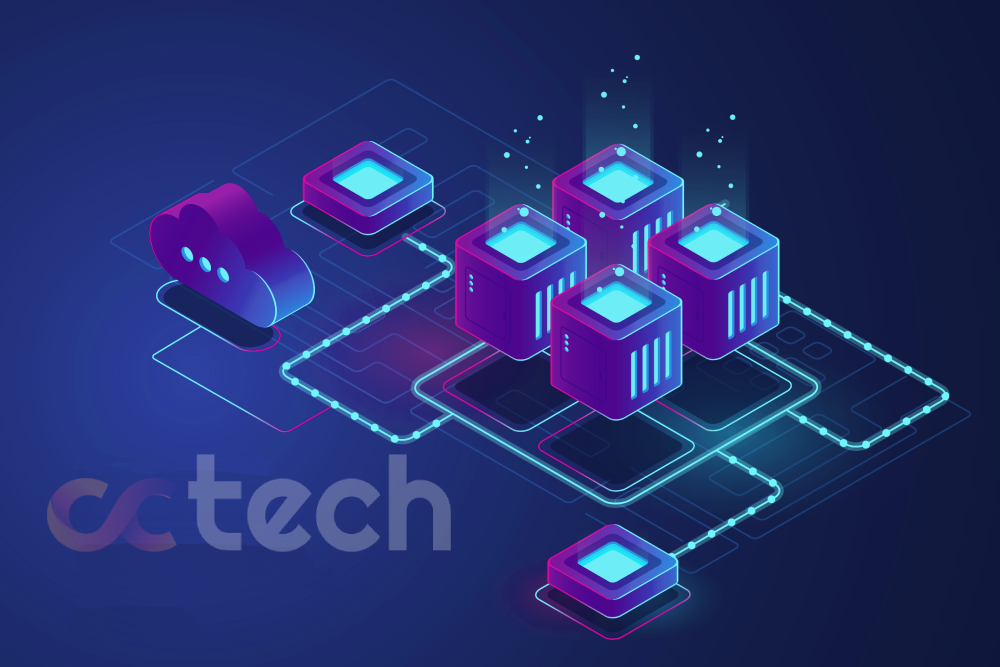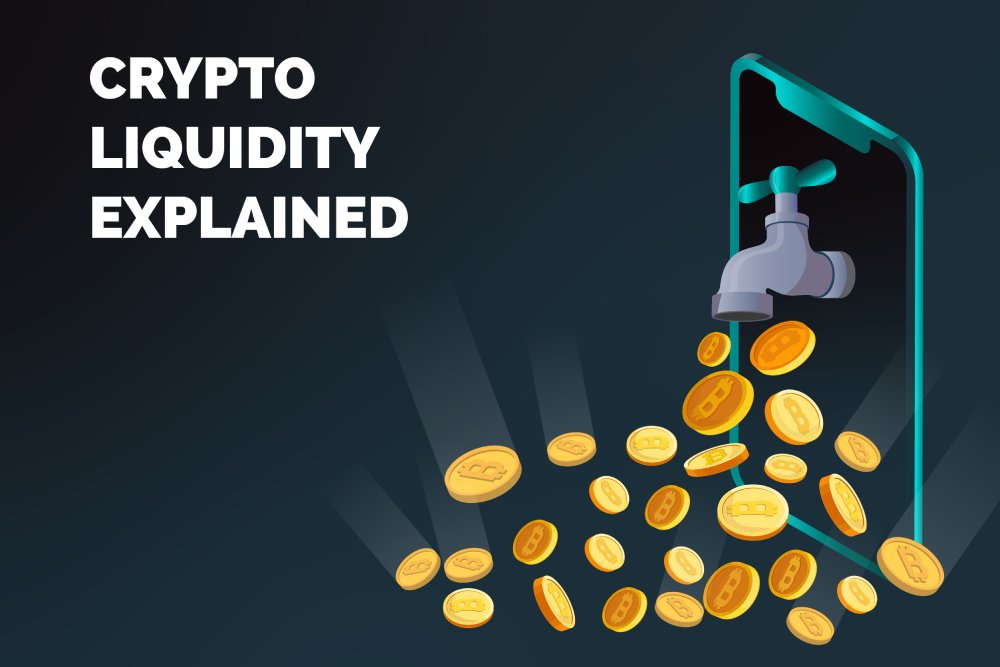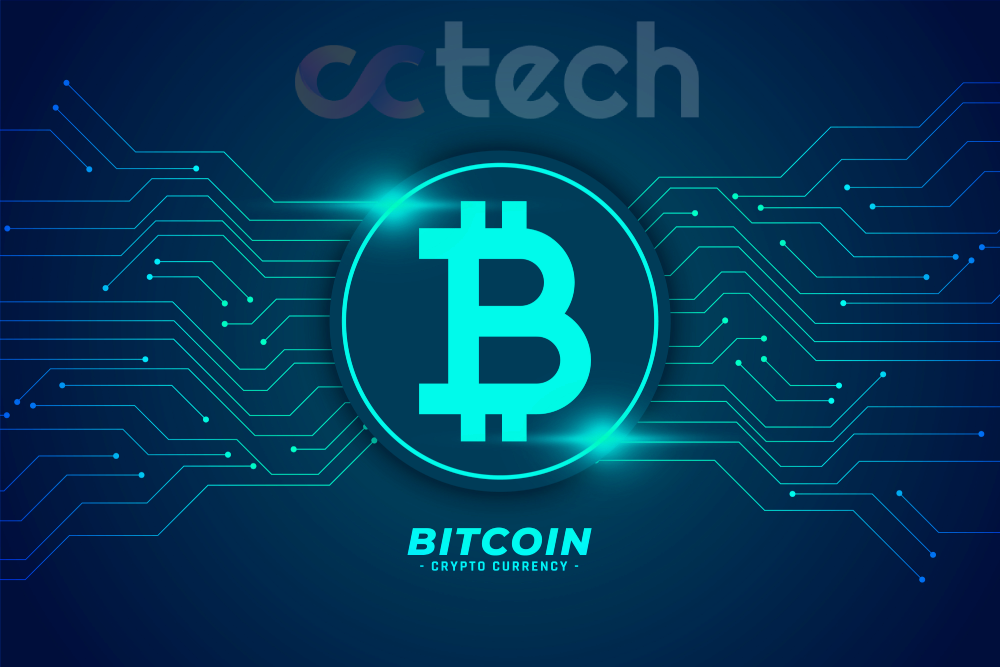
A Beginner’s guide to mine BTC Introduction Bitcoin mining keeps the blockchain up to date, and ensures that the transactions being conducted are legitimate. This gives users the ability to trust the system itself, rather than other participants in the process, to perform transactions. In this sense, mining is the backbone of bitcoin security.
The idea of getting BTC for mining is unusually attractive. The days of mining using a CPU are over, and today even having a physical computer is not always necessary. But before you decide if you are ready to engage in mining, let’s take a brief look at how it works.
What is bitcoin mining?
If a user creates a new transaction, he has to wait for other users of the network (nodes) to verify and confirm it. Miners are responsible for collecting pending transactions and grouping them into a candidate block (a new block that has not yet been verified).
A miner must find a valid block hash for its candidate block. A hash is a set of numbers and letters that acts as a unique identifier for each block. The block hash looks like this: 0000000000000000000b39e10cb246407aa676b43bdc6229a1536bd1d1643679
To create a new block hash, the miner needs to collect the hash of the previous block, its candidate block data, nonce (a one-time random code), and confirm it all with a hash function. The miner must find a nonce that, combined with all the data, will generate the block hash. The hash starts with a certain number of zeros, which varies depending on the complexity of the mining. A valid block hash proves that the miner has done the necessary work to verify its candidate block (hence the name Proof of Work algorithm).
Once the unconfirmed transactions are collected and the candidate block is created, only the nonce can be changed. The mining equipment is used for just this task. In a complex matching process, the miners keep changing the nonce and hashing the combined data until they find a solution for that block (i.e. a hash starting with a certain number of zeros).
Once the miner finds a valid hash, it validates its candidate block and is rewarded in bitcoins, and all pending transactions within that block receive validated status.
How much a bitcoin miner earns
For each new block, a miner receives a reward, which consists of new bitcoins generated (reward per block) and transaction fees. Reward most often refers to the reward per block, as the commissions are only a small part of it.
In 2009 the reward per block was 50 BTC, halving after every 210,000 blocks were created (about every four years). This process was called halving and resulted in the reward dropping to 25 BTC in 2012, then to 12.5 BTC in 2016 and finally to 6.25 BTC in 2020. The next reduction is expected in 2024. As of May 2021, the reward per block is about $300,000.
But don’t rush to purchase mining equipment until you’ve evaluated all the profitability factors. The most important metric of a mining rig is the rate at which it picks up nodes. This metric is called hashrate and determines the success of a bitcoin miner. The higher the hash rate, the faster your equipment will be able to pick up nones.
Another important metric is power consumption. If you spend more money on electricity than you earn from mining, you should think about the expediency of this business.
How to start mining bitcoin
Since bitcoin is decentralized and open source, anyone can start mining. In the past, you had to use a PC to mine new blocks, but as the complexity of the process has increased, so have the hardware requirements (more on that below).
You could theoretically try to mine on your PC, but the probability that you will find a valid hash is almost nil. The hash function calculates relatively quickly, but it takes a long time to pick up a huge amount of random input data. That is why without specialized equipment your chances of success are slim.
Mining Pools
The likelihood of mining a block on your own is extremely low. Joining a mining pool allows you to combine your processing power with that of other miners.23:09When the pool successfully mines a block, the miners get their share of the bitcoins mined in proportion to the mining power they provide.
How do I join a mining pool?
To join a pool, you must set up your software to partner with other miners. This process usually involves registering an account and connecting to a mining pool server. Having the mining equipment, Binance Pool is a good prerequisite to start mining BTC and other coins based on the SHA-256 algorithm. Your equipment will automatically switch between BTC, BCH and BSV to maximize your income.
Cloud mining
If you don’t want to get into the technical aspects, you can always join a cloud mining farm, and the hardware and software will be taken care of by the farm owners. In other words, cloud mining is where you pay someone to mine on your behalf, and the farm owner in turn shares the profits with you. However, this option is very risky because there is no guarantee that your investment will pay off. Many cloud mining services have often turned out to be fraudulent schemes, so be careful.
Conclusion
With a basic understanding of how bitcoin works, you can’t go wrong. With the right combination of hardware and software, anyone can start mining and contribute to the security of the bitcoin network. And even if you decide that mining is not for you, you can still contribute by running a bitcoin node. The initial investment for profitable mining is very large and carries many risks. Your profits will also depend on market conditions and external factors such as electricity prices and equipment improvements. Before you purchase special equipment, take a good look at all the necessary information.

